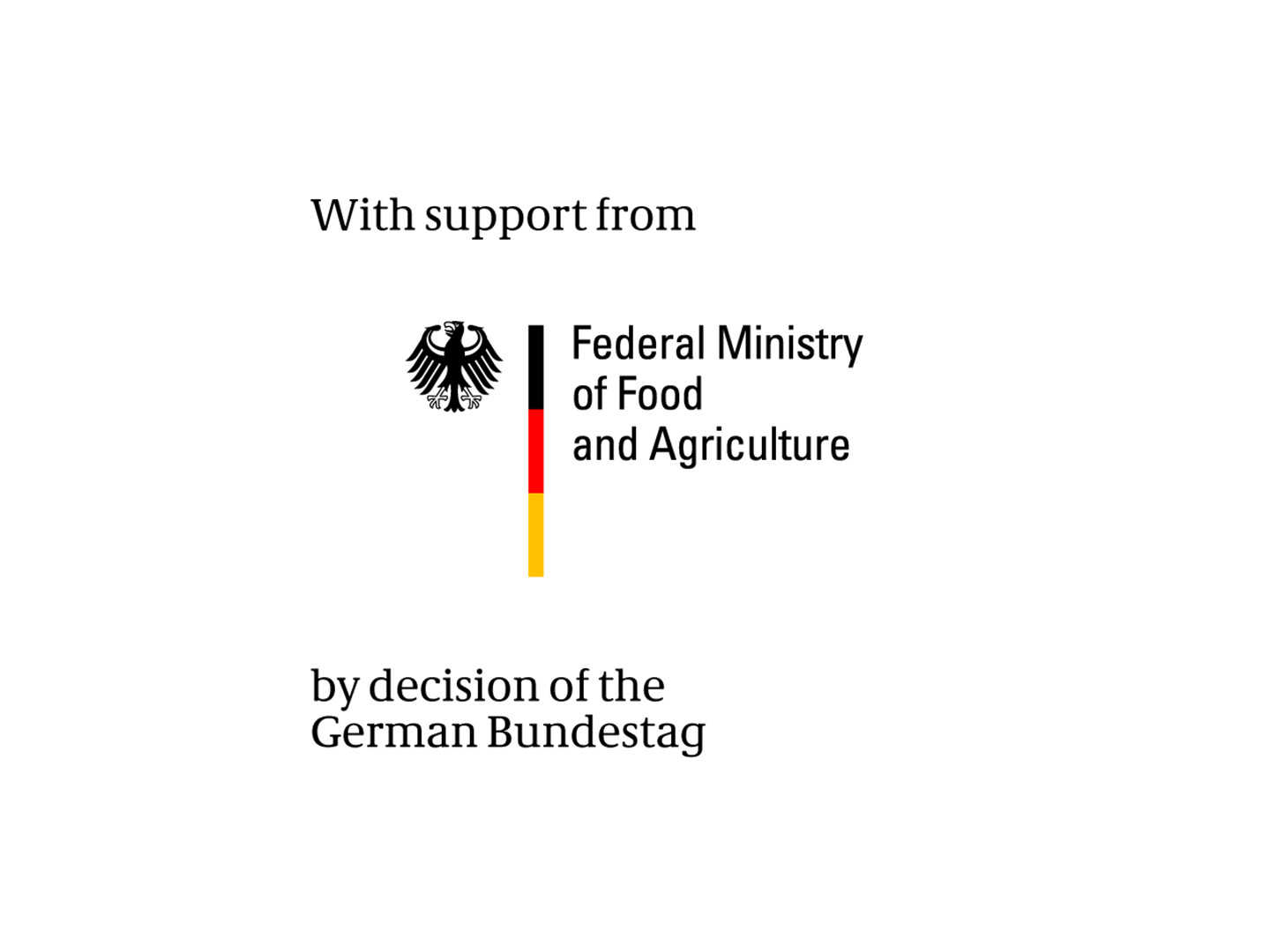Project aims: Geotextile filters from renewable raw materials
The aim of the “Bioshoreline“ research project is to develop a biodegradable geotextile from renewable raw materials for use as a temporary filter for technical and biological bank protection on inland waterways, i.e. for environmentally friendly bank protection using plants. The innovative geotextile filter should initially retain the soil in the bank area until the plant roots have grown sufficiently and are able to take over the filter function. The geotextile filter will gradually degrade completely in parallel with this. To achieve this, the project team BNP Brinkmann GmbH & Co. KG, Indorama Ventures Fibers Germany GmbH (formerly Trevira GmbH), FKuR Kunststoff GmbH, Bundesanstalt für Wasserbau (BAW), and Fraunhofer UMSICHT are combining a mixture of rapidly degradable natural fibers and bio-based, slowly degradable synthetic fibers in a geotextile fleece and are testing the technical properties and biodegradability in particular. With this development, the project team is opening up a new field of application for bio-based and biodegradable plastics.
 Fraunhofer Institute for Environmental, Safety and Energy Technology UMSICHT
Fraunhofer Institute for Environmental, Safety and Energy Technology UMSICHT